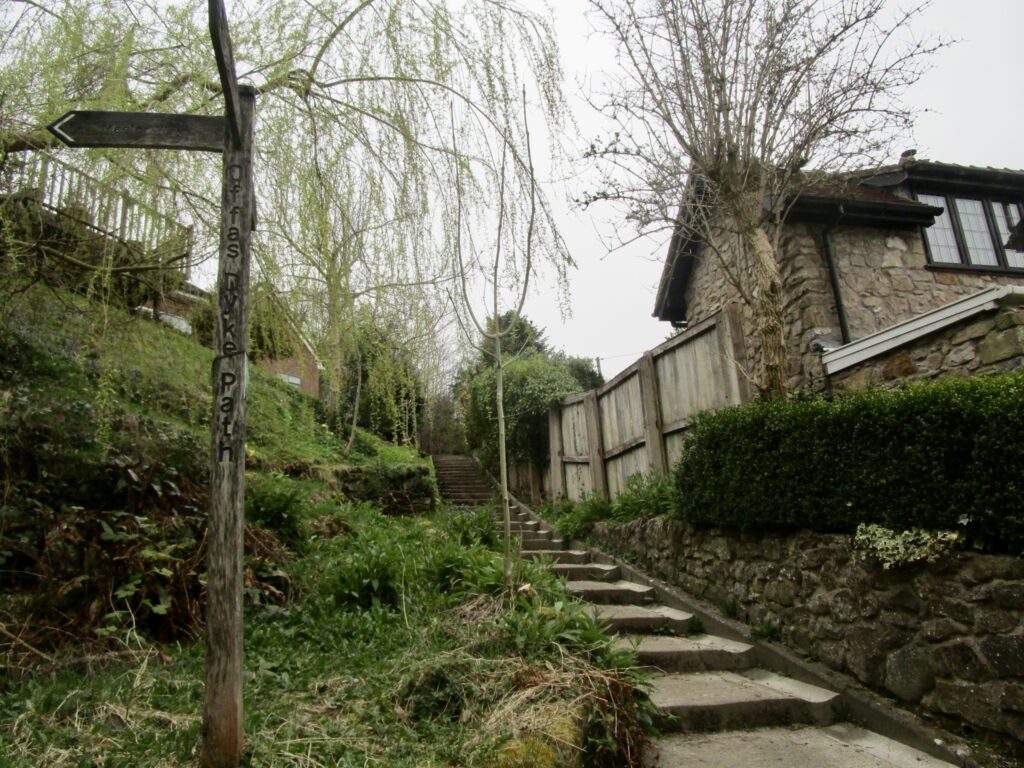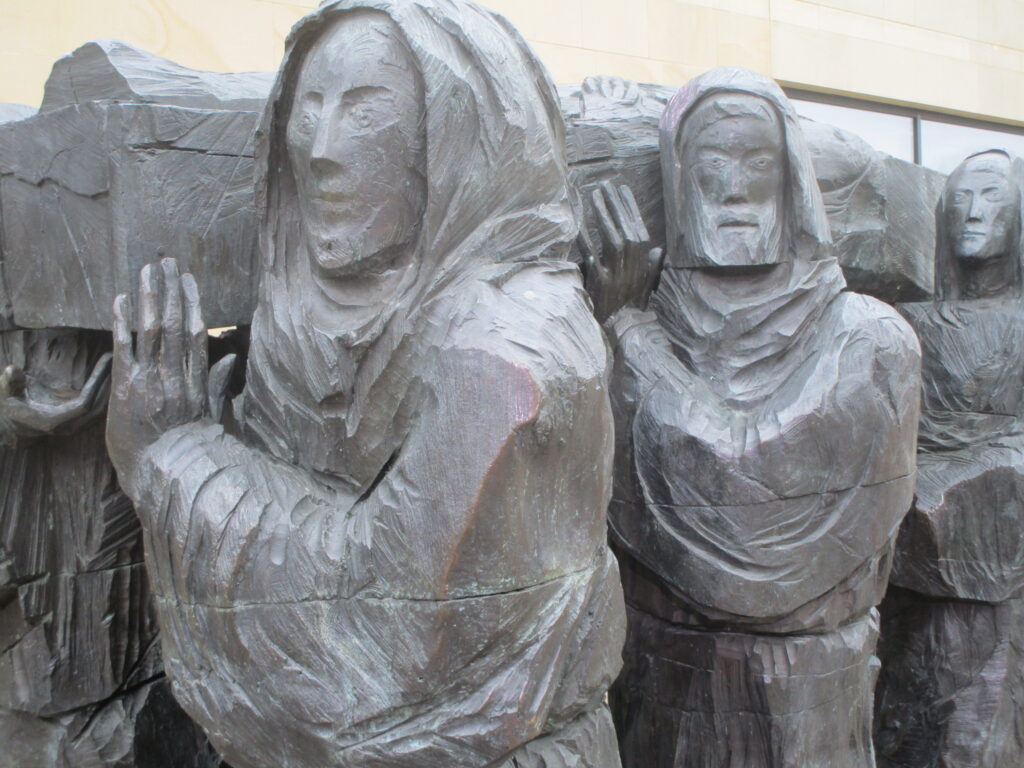 St. David’s Day in Wales this week and I’ve got two articles out to mark Wales’ patron-saint day.
St. David’s Day in Wales this week and I’ve got two articles out to mark Wales’ patron-saint day.
The first is a piece about foodie breaks for spring and my contribution focused on the local flavours and fairytale architecture at Portmeirion [pictured above], North Wales, one of my favourite places to spend time.
Why? Read the full story to discover why via Waitrose Food Magazine.
The second is the publication of copy-writing work for a tourism client, outlining story angles around the tenth anniversary of the Wales Coast Path — it’s coming up in May.
The 870-mile, long-distance walking trail, launched in 2012, forms the first ever continuous waking circuit of a nation.
The anniversary will be accompanied by a programme of key celebratory events, starting from March 1st, St David’s Day.
According to research by Ramblers UK, some 89 per cent of people find walking amongst nature improves health and mental wellbeing. Walking briskly for 30 minutes a day, five days a week, is one way of meeting medical experts’ recommendations for adult physical activity.
Read the full media pack here via Natural Resources Wales.
- Liked this? Try also A pilgrimage in the footsetps of the ancient saints
- Sign up to my newsletter for more about forthcoming articles, tours and writing workshops


